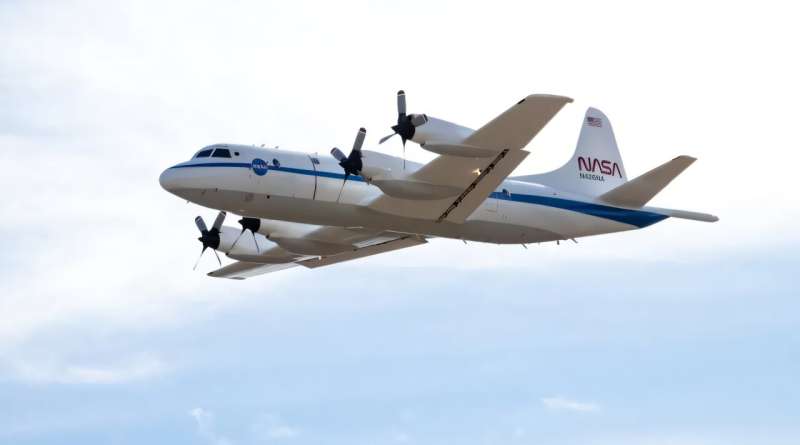
From June 22 to July 2, two research planes will carry out a series of low-altitude flights to study the atmosphere. They will operate near cities like Philadelphia, Baltimore, and Richmond in Virginia, as well as over areas in California, including Los Angeles and the Salton Sea.
The pilots will navigate the planes at lower altitudes than typical commercial flights and will perform special maneuvers such as spirals and loops over landfills and urban regions. They will also conduct low-pass maneuvers near local airports to collect air samples close to the ground.
The East Coast missions will take place from June 22 to 26 over Baltimore and the vicinity of Philadelphia, as well as around Hampton, Hopewell, and Richmond in Virginia. The California flights are scheduled for June 29 to July 2.
This initiative is part of NASA’s Student Airborne Research Program (SARP), using NASA’s P-3 Orion aircraft and a King Air B200 owned by Dynamic Aviation. This eight-week summer internship offers participants hands-on experience in scientific research.
The P-3 aircraft, based at NASA’s Wallops Flight Facility in Virginia, is fitted with advanced scientific instruments to conduct around 40 hours of research flights on both coasts. The King Air will fly simultaneously along a different route. Students will help manage scientific equipment to gather atmospheric data.
“These SARP flights are crucial for exposing competitive STEM students to real-world data collection in an exciting flight environment,” noted Brian Bernth, the chief of flight operations at NASA Wallops.
“While SARP is a great experience for students and mentors alike, operating the P-3 in tight airspace requires careful coordination and teamwork for safety and precision,” Bernth added.
To learn more about the Student Airborne Research Program, visit:
https://science.nasa.gov/earth-science/early-career-opportunities/student-airborne-research-program/
If you would like to see similar Tech posts like this, click here & share this article with your friends!

